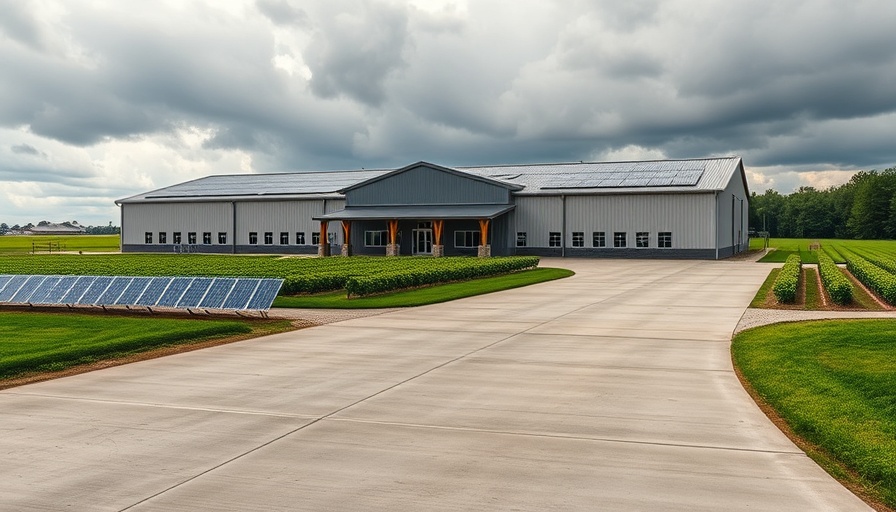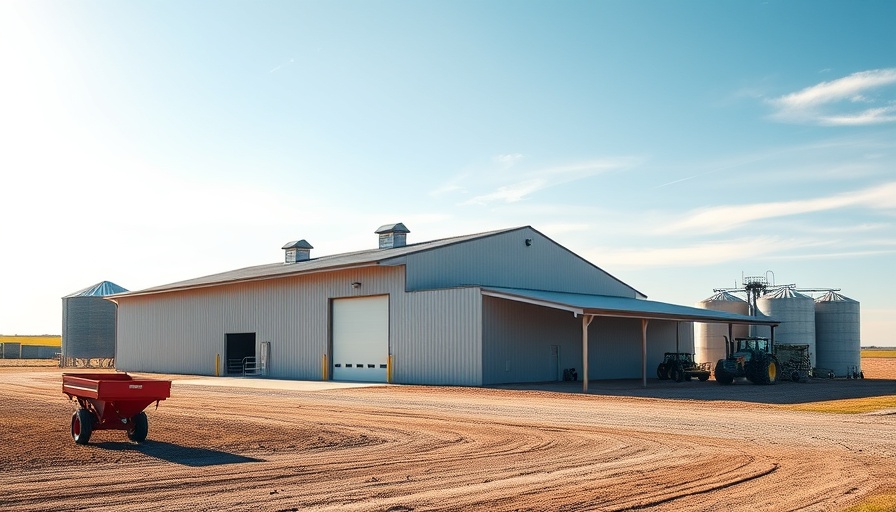
Spring vs. Summer: Choosing the Right Season for Your Pole Barn Project
When it comes to building the perfect pole barn to suit your needs, the timing can be just as critical to your project as the materials you choose. Understanding the unique benefits of spring versus summer builds can not only enhance your experience but also optimize your investment. As new seasons approach, let's dive into this important decision-making factor.
Why Spring is Ideal for Construction
Springtime offers a refreshing start, not just for nature but also for construction projects. With the snow thawing and temperatures rising, this season provides numerous benefits that align well with your building goals.
- Cost-Effectiveness: Spring often brings lower prices in commodities like steel and lumber, saving you money as you lay your foundation. Historical data suggests that construction materials are typically more economical early in the year.
- Mild Weather Conditions: Comfortable temperatures allow for smoother operations without extreme weather interruptions, ensuring the well-being of your construction team.
- Scheduling Flexibility: Many contractors experience a lull in project demand before summer, giving you access to better scheduling options.
- Soil Conditions: Softer soil during spring makes it easier for excavation, significantly reducing the chance of unexpected delays.
- Longer Days: With increasing daylight hours, you can maximize productivity, leading to quicker completion times.
The Drawbacks of Spring Builds
While spring has its perks, it also comes with considerations such as the chance of rain, which can create muddy conditions affecting construction progress. Moreover, the transition from cooler temperatures can lead to fluctuations that impact material handling.
Benefits of Summer Construction
Summer is a popular season for building, and for good reason. Longer days and minimal risk of frost make construction easier, but it’s critical to look at the full picture.
- Consistent Weather: Summer typically offers consistent dry weather ideal for construction activities. Fewer rain delays keep timelines on track.
- Efficient Workflow: The heat often encourages teams to work longer hours, maximizing productivity.
- More Workforce Availability: With schools out and graduates seeking summer jobs, you may find a broader talent pool willing to work on your pole barn project.
Challenges of Building During Summer
Conversely, summer presents challenges such as higher material costs due to increased demand and potentially uncomfortable working conditions for your crew. Heat can lead to safety concerns, emphasizing the necessity of protective measures.
Making Your Decision: Final Thoughts
Ultimately, the right season for your pole barn construction depends on your unique circumstances, including budget, project size, and personal preferences. By weighing the advantages and challenges of spring and summer, you can make an informed choice that aligns with your goals. Reach out to local construction specialists to gain insights specific to your area, ensuring your project doesn't just meet expectations but sets the standard.
Take Action: Now that you're equipped with knowledge about building in spring versus summer, consider scheduling a consultation with a professional to discuss your pole barn project and explore the best timing strategies for optimal results.
 Add Row
Add Row  Add
Add 




Write A Comment